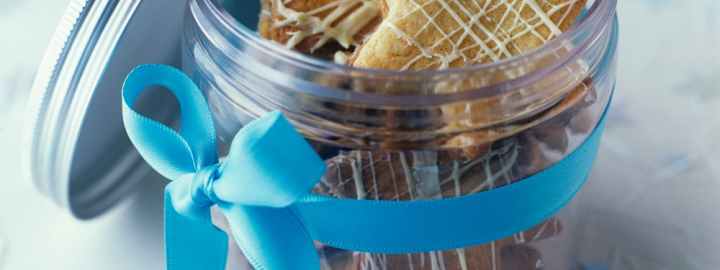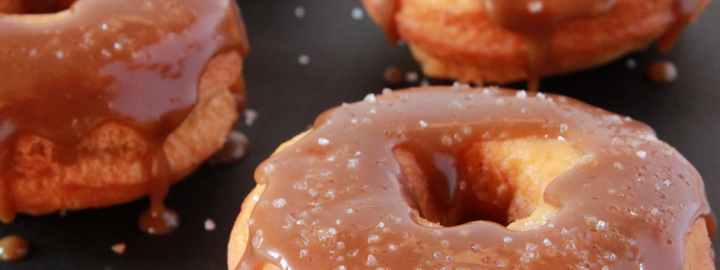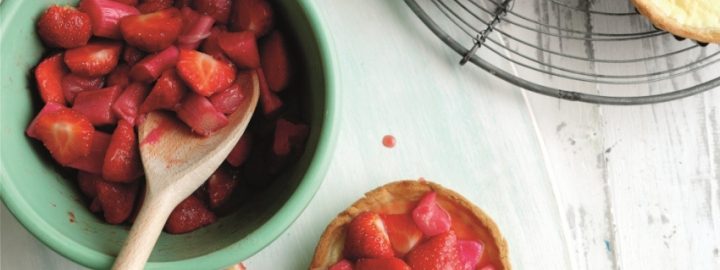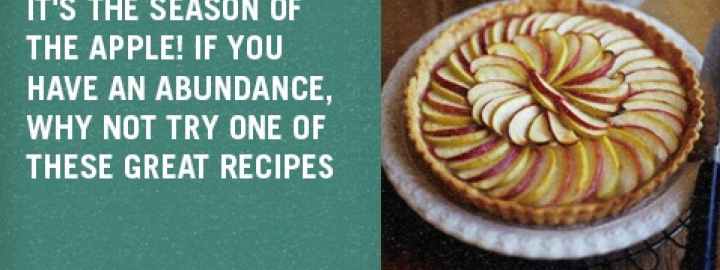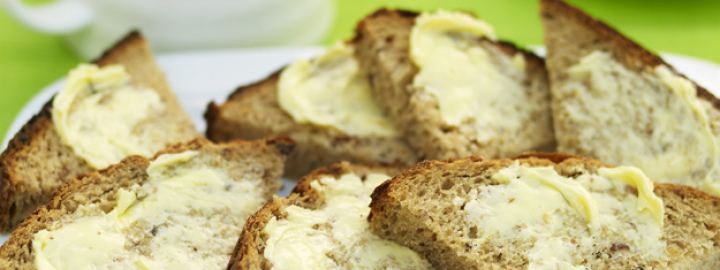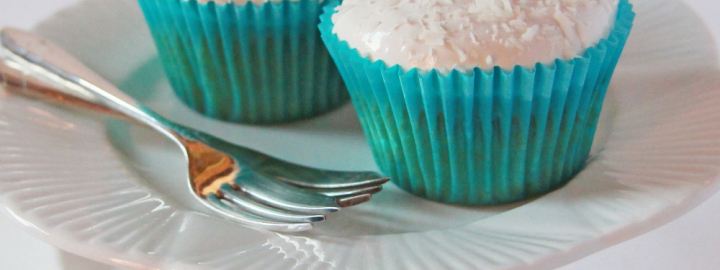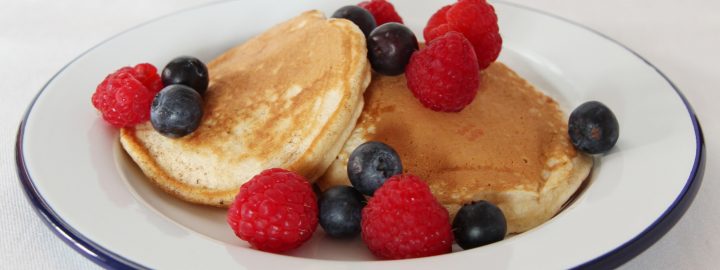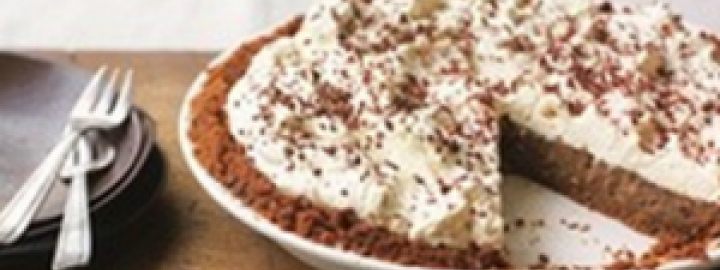Braised Beef Short Rib Recipe - Restaurant Style
In depth article and show notes found here:
I remember the first time I tasted perfectly braised beef short ribs with a full reduction glaze. I was an apprentice at a French restaurant, and the sous chef threw me a piece of scrap sauced with a simple reduction made from the braising liquid. I was absolutely blown away. Coming from a family that cooked large beef ribs over a hot grill until charred and chewy, I never understood the incredible flavor and texture possible when a short rib recipe was combined with proper technique.
In it's most basic form, braising consists of a tough cut of meat with a lot of connective tissue, combined with liquid, aromatic vegetables, and fresh herbs, and cooked in a low oven until tender.
The connective tissue responsible for the chewy texture of tough meat is collagen, which is a triple helix of gelatin. When moisture along with slow, steady heat are applied, the triple helix unravels into three individual gelatin strands, leaving gaps in the muscle tissue it used to bind together, giving the impression of tenderness.
Yet for the collagen to break down, the meat must reach an internal temperature of at least 155˚F/68˚C. Just for a reference point, this is well above the internal temperature of a medium steak (140˚F/60˚C), and well into the range in which protein fibers fully contract and coagulate, expelling most of their liquid, causing a dry texture and lack of flavor.
Enter the cold start and the low temperature braise, in which the short ribs are placed in a cold oven, and braised at 200˚F/121˚C. As the short ribs slowly come up to temperature, they spend an extended period of time between 120-130˚F/48-54˚C, a temperature at which the same enzymes responsible for dry aged beef's flavor and tenderness are hyper-activated.
Using the cold start approach means your short ribs will have more flavor, a superior tenderness, and most important, will require less time for the collagen to break down at protein-fiber-drying temperatures (155˚F). Less time at this temperature means more juices are retained, which further enhances the short rib's flavor and texture.
This technique, coupled with a proper reduction sauce, will yield short ribs that are just as good as any restaurant's. And because this approach is universal, it can be applied to any tough cut of meat including shoulder, shank, brisket, belly, cheek, etc.
Continue Reading:
Twitter:
FaceBook
I remember the first time I tasted perfectly braised beef short ribs with a full reduction glaze. I was an apprentice at a French restaurant, and the sous chef threw me a piece of scrap sauced with a simple reduction made from the braising liquid. I was absolutely blown away. Coming from a family that cooked large beef ribs over a hot grill until charred and chewy, I never understood the incredible flavor and texture possible when a short rib recipe was combined with proper technique.
In it's most basic form, braising consists of a tough cut of meat with a lot of connective tissue, combined with liquid, aromatic vegetables, and fresh herbs, and cooked in a low oven until tender.
The connective tissue responsible for the chewy texture of tough meat is collagen, which is a triple helix of gelatin. When moisture along with slow, steady heat are applied, the triple helix unravels into three individual gelatin strands, leaving gaps in the muscle tissue it used to bind together, giving the impression of tenderness.
Yet for the collagen to break down, the meat must reach an internal temperature of at least 155˚F/68˚C. Just for a reference point, this is well above the internal temperature of a medium steak (140˚F/60˚C), and well into the range in which protein fibers fully contract and coagulate, expelling most of their liquid, causing a dry texture and lack of flavor.
Enter the cold start and the low temperature braise, in which the short ribs are placed in a cold oven, and braised at 200˚F/121˚C. As the short ribs slowly come up to temperature, they spend an extended period of time between 120-130˚F/48-54˚C, a temperature at which the same enzymes responsible for dry aged beef's flavor and tenderness are hyper-activated.
Using the cold start approach means your short ribs will have more flavor, a superior tenderness, and most important, will require less time for the collagen to break down at protein-fiber-drying temperatures (155˚F). Less time at this temperature means more juices are retained, which further enhances the short rib's flavor and texture.
This technique, coupled with a proper reduction sauce, will yield short ribs that are just as good as any restaurant's. And because this approach is universal, it can be applied to any tough cut of meat including shoulder, shank, brisket, belly, cheek, etc.
Continue Reading:
Twitter:

